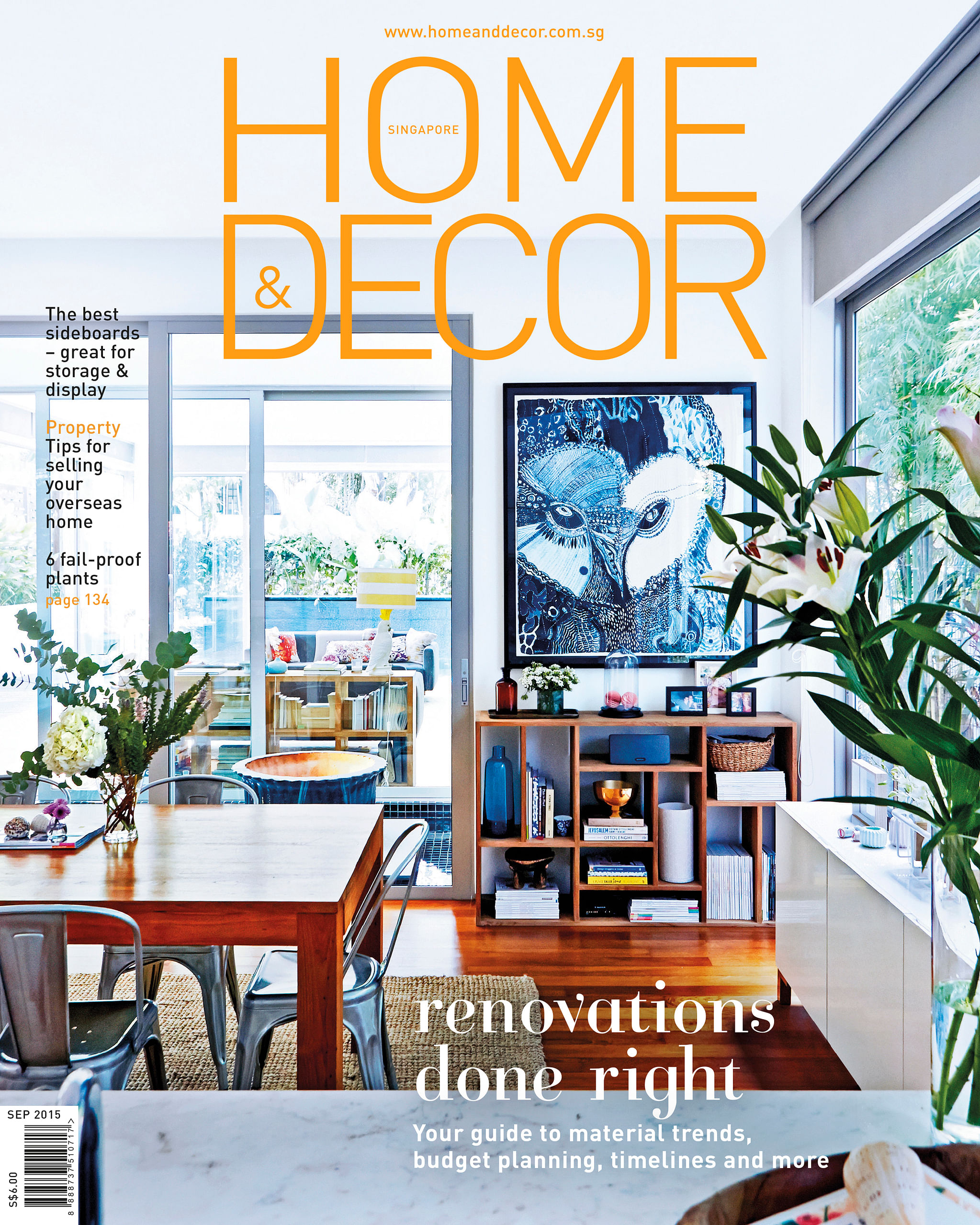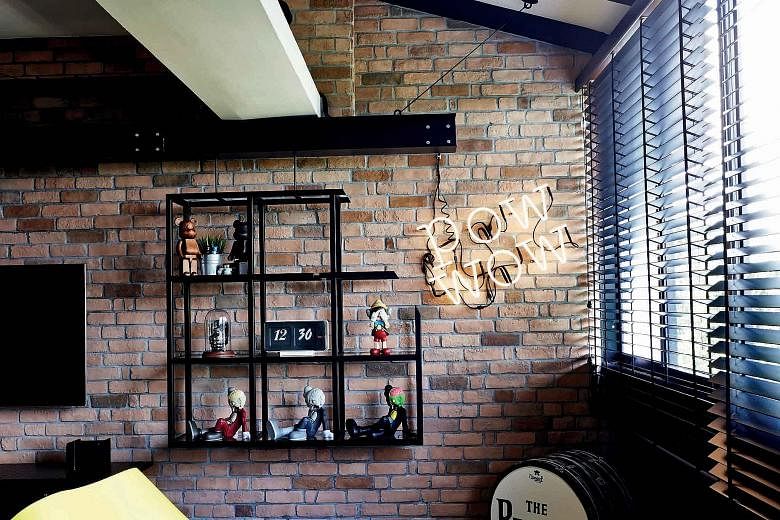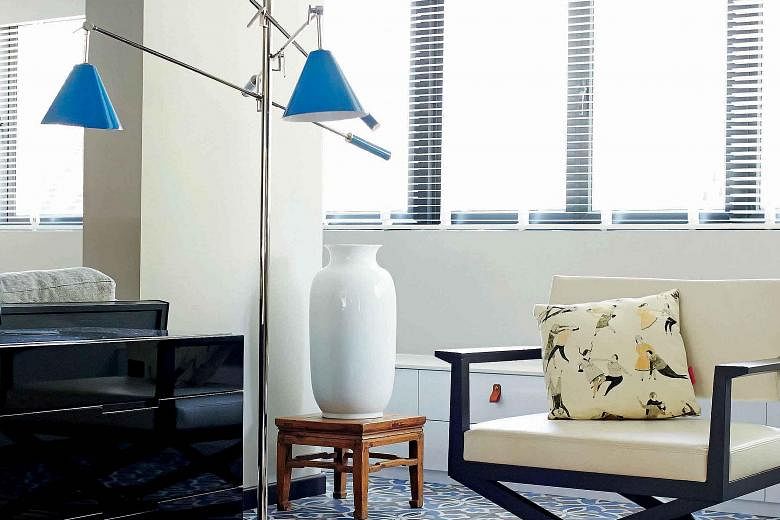Blinds more ideal for home with plenty of breeze
My home gets a lot of breeze. Should I use Venetian blinds - but they might flap and make a lot of noise - or standard curtains?
You are lucky to be living in such a breezy place. On the flip side, however, strong winds can cause problems too.
Curtains would be the wrong choice for your windows in such breezy conditions, unless they are made of a thicker and heavier material or are weighted.
Covered drapery weights can be sewn inside the hem of the curtain - this helps the curtain stay in position and fall better as well. You can ask your curtain supplier to sew them in or do it yourself.
Horizontal blinds might actually be the better choice for windy homes. You just have to ensure that they can be fixed at the bottom to the window frame, so they do not flap and cause a racket.
You can also consider using window films to keep the heat and glare out instead.
These are not necessarily tinted and can look like there are no films on the windows at all.
Junk unused paper to fight accumulation of dust
Dust is a big problem in my home. How do I keep the space dust-free?
Do you keep lots of decorative items at home as well as paper products such as old newspapers, magazines and books? Is the majority of your furniture upholstered and is your closet stacked full of clothing? If you have answered yes to these questions, it is not a surprise you have a dusty home.
Dust is made up of tiny particles that include fabric fibres, paper, hair, dead skin and dirt. It is important to get rid of dust on a regular basis as it can cause health problems.
First, clear hard-to-clean items that dust can settle on, such as decorative objects. Throw away old paper items (which degenerate), reduce the number of soft furnishings (which dust is attracted to) and clean out your closet (dust falls from your clothes when you open the closet door).
Regular cleaning is the key to keeping your home dust-free. Sweep and vacuum regularly and wipe down surfaces with a damp cloth or a microfibre cloth, which can trap the smallest dust particles.
Pillow cases and bed sheets should be changed once a week. Once in a while, take out your pillows and duvets as well as seat cushions and rugs and beat them with a broomstick or pole to get rid of the accumulated dust
Keep rattan pieces away from strong sunlight
Rattan furniture has become quite hip recently, but how do I maintain it?
We are glad to see a familiar favourite - rattan furniture - in the limelight again. The vine, a natural material, is used to make furniture because of its great strength and durability.
However, always keep rattan pieces away from strong sunlight and rain as these elements can weaken its fibres, says Mr Colin Banning of Dreamweave & Other Stories. The furniture and home accessories store carries Danish brand Sika-Design, which specialises in rattan furniture.
Humidity is fine, though, as rattan grows in this climate.
To keep rattan pieces in tip-top condition, Mr Banning advises brushing them regularly to keep them free from dust and mildew, which can cause the fibres to decay.
Then wipe them down with a soft cloth dampened with soap suds made with dishwashing liquid. Use a toothbrush to get into the cracks and crevices.
Always distribute weight evenly on the seat and never kneel or step on the seat as the concentrated weight will exert unnecessary pressure on the affected strands, he says.
Spills should be taken care of immediately before they harden or stain the pieces - wipe them up with a sponge wrung from sudsy water. If you spot mould or mildew growing on the rattan piece, clean it with warm soapy water. Then rinse well and dry it outdoors.
To restore dry, cracked or split rattan, apply boiled linseed oil with a brush.
When the furniture will not absorb any more oil, wipe it clean with a soft cloth. Allow it to dry or harden before using the furniture piece.
Create mood with lamps
I like the idea of mood lighting at home. Where can I place lamps?
Every space needs three types of lighting. While two of them - general and task lighting - are more functional, it is accent lighting that creates that "hotel-room effect" - an inviting, relaxing ambience that puts you at ease.
Mr Anthony Desaram of Taylor B Lighting Gallery says: "To create mood, turn off brighter lights and switch on softer mood lighting. Use lower-wattage bulbs - incandescent bulbs work much better as they have a soothing glow. A dimmer switch is also a great option."
Depending on your furniture arrangement, you can use floor and table lamps. These are more versatile than wall-mounted sconces, for example. They also add variety to the composition of items in the room. Ensure that the colour of the bulbs is similar so the overall illumination is consistent.

•Home & Decor magazine's editor Rebeckka Wong and experts in the renovation and home decoration fields answer queries from readers in this series. These questions first appeared in the September issue of Home & Decor, published by SPH Magazines.
•Got a decorating or home renovation issue? Write to Experts Say, Home & Decor, 82 Genting Lane, Media Centre, Level 7, Singapore 349567 or e-mail maghomedecor@sph.com.sg. Photos and layouts are non-returnable.


